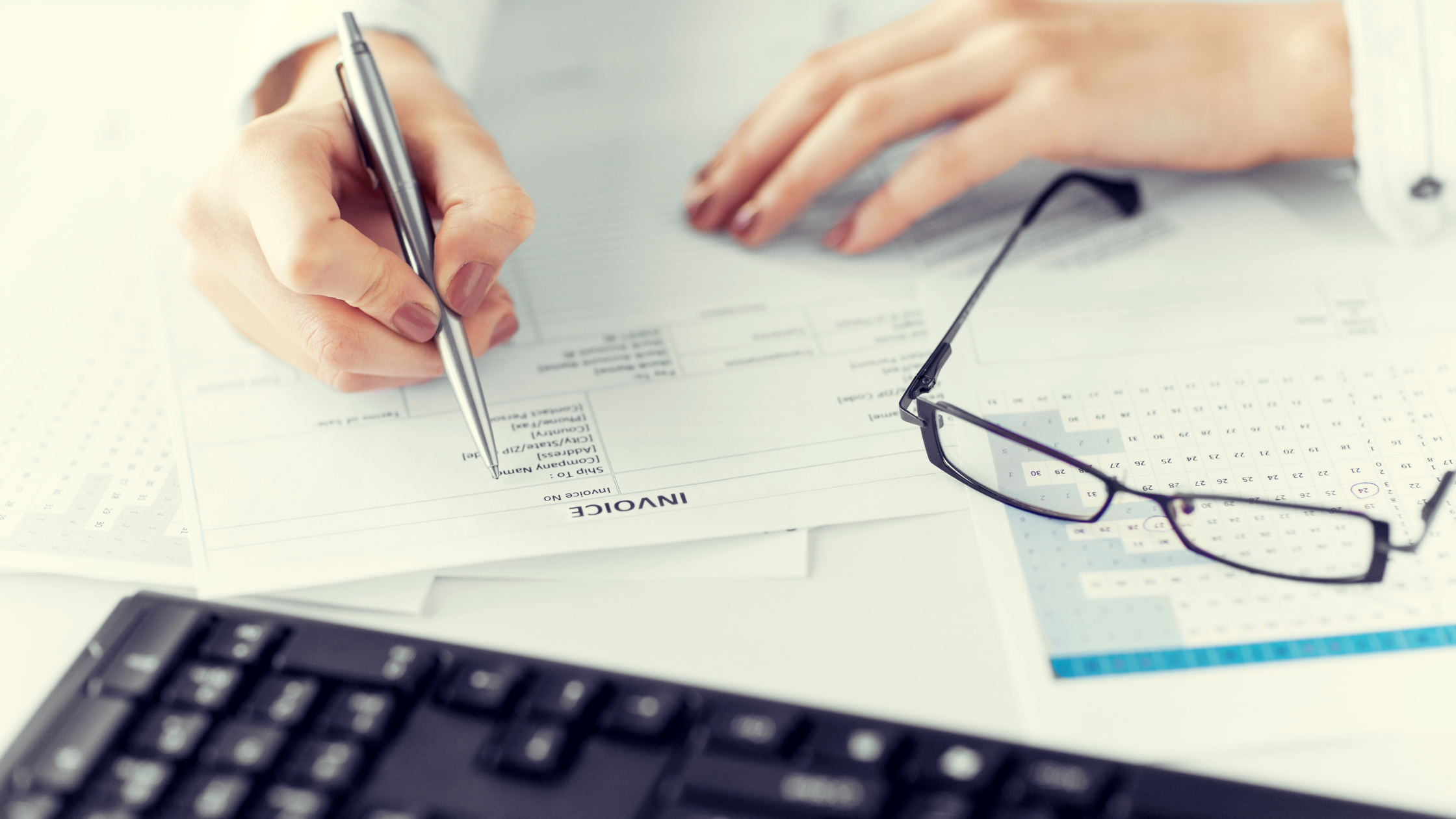All about accounts receivable – and why you should consider selling yours
Accounts receivable is the lifeblood of most small businesses. Collecting payment for products or services you’ve sold to your customers forms the basis of a company’s cash flow – which means that if customers are slow to pay, your finances are likely to be under significant pressure.
All businesses a should have comprehensive accounts receivable process that’s documented and followed – unless you take managing your debtors seriously, they’re unlikely to make paying you a priority!
What is accounts receivable?
Accounts receivable is the balance of money a business is owed for the goods and services they’ve delivered but not yet received payment for. In simple terms, it’s the money you’re owed by customers who you’ve extended credit to.
Your business’s total accounts receivable is the sum of all invoices that are currently outstanding. Once you send an invoice, it becomes part of your accounts receivable until it’s paid.
What’s the accounts receivable process?
The accounts receivable process is how your business goes about collecting payment for the goods or services you provide. An effective and consistent accounts receivable process is an essential part of maintaining a healthy cash flow.
You should always send your invoices immediately after providing your product or service; at this stage, the invoice amount becomes part of your accounts receivable. From here, you should monitor your bank account for payment – or set up your accounting software to do this automatically for you.
If you haven’t received payment by the date it’s due, follow up with your customer and update your books with the expected date of payment. (If your customer is refusing to pay, or doesn’t meet the payment arrangement you’ve agreed, you may need to refer the unpaid invoice to a debt collection agency).
Once payment is received, record it as “paid” on that date. Keeping up with your bookwork will mean your accounts receivable balance is always up to date.
Do I need a documented accounts receivable process?
In short, yes. You should have a clear and consistent approach to accounts receivable and debt collection so your employees – and your debtors - know what’s expected. Clearly communicate your credit terms, invoice promptly, and follow up immediately if payment isn’t received by the due date. Taking a consistent approach to accounts receivable is far more effective and less time-consuming than treating each unpaid invoice on a case-by-case basis.
Is accounts receivable an asset?
Accounts receivable is an asset as it represents an amount that’s legally owed to your business and can be converted to cash in the future. It’s classified as a current asset, along with cash, inventory and prepaid expenses.
Your accounts receivable is an asset because its of value to your business. So much so, many third-party companies offer to buy your accounts receivable ledger and collect payments on your behalf.
Can I really sell my accounts receivable?
Selling your accounts receivable (also known as invoice financing or factoring) is a quick and easy way for small businesses to take control of their cash flow and access additional working capital. While your accounts receivable is money that will eventually be paid to your business, while you’re waiting for it to be paid, it’s not of much value to you.
Many small business owners struggle with the frustration of having a large accounts receivable balance after a busy period, but little cash in their business to cover daily operating expenses. Selling their accounts receivable allows them to turn their outstanding invoices into cash and focus on driving business growth rather than chasing money.
How does invoice financing work?
When you sell your accounts receivable to a third-party finance company, you’ll generally receive payment for your outstanding invoices almost immediately, rather than waiting for your customers to pay under their normal credit terms.
Once your invoice financing facility has been approved by your provider, you simply invoice your customers as you usually would, then send a copy to your invoice finance provider. Depending on the provider and the agreement you’ve signed, you may be able to access up to 100% of the amount you’re owed, minus fees, on the same day.
Will my customers know I’m using invoice financing?
There are two main types of invoice financing – debtor finance and invoice discounting. The difference between these two is whether your arrangement with the finance company who’s purchased your accounts receivable is visible to your customers.
A debtor finance facility will generally be visible to your customers, as the invoice finance provider will manage your accounts receivable process for you. If you opt for invoice discounting, your business will continue to perform these activities so your invoice finance facility will be invisible to your customers.
How much does invoice finance cost?
Earlypay is a leading provider of invoice finance solutions to Australia’s SME market. Call us on 1300 760 205 for more information about how we can help you to turn your outstanding invoices into cash.
